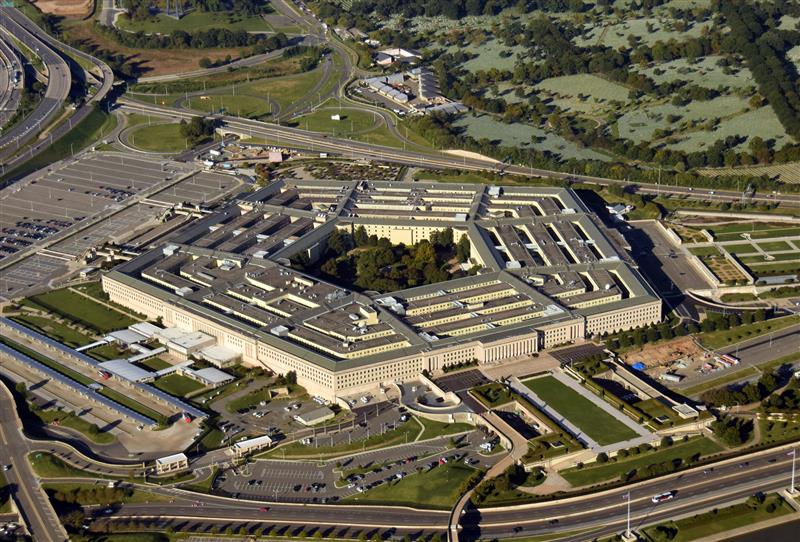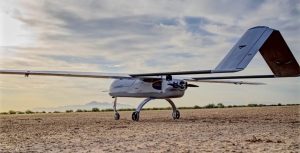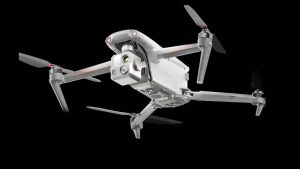AUVSI Applauds Defense Department Action to Accelerate U.S. Drone Acquisition and Innovation: A Comprehensive Guide and Analysis
Introduction: A New Era for American Drone Innovation
The recent announcement from the U.S. Department of Defense (DoD) regarding actions to fast-track drone acquisition and bolster domestic innovation has had a significant impact across defense, technology, and industrial sectors. The Association for Uncrewed Vehicle Systems International (AUVSI), the largest body representing autonomous and robotic systems, hailed this move as a crucial development for military personnel, taxpayers, and the entire U.S. drone industry.
Section 1: The Policy Shift—Why Now?
The Defense Challenge
The DoD, historically at the forefront of defense innovation, faces growing pressure to reclaim leadership in drone technology amidst advancing threats. The strategic importance of small uncrewed aircraft systems (sUAS), beyond just surveillance, has been highlighted by recent conflicts, including those in Ukraine.
The AUVSI Perspective
AUVSI’s members, from startups to major aerospace companies, have long advocated for a more responsive and innovation-friendly acquisition process. Their “Partnership for Drone Competitiveness” white paper offers key recommendations: stabilizing demand signals, supporting vendor growth, and expanding U.S. production capacity for secure drone systems.
Section 2: What’s New in the DoD Approach?
Key Features of the New Policy
- Streamlined acquisition guidance eases the path for U.S. companies to deliver secure drone technologies.
- Control of the “Blue UAS List” by the Defense Contract Management Agency (DCMA) aims to improve efficiency.
- The 2026 budget earmarks $726 million for small UAS intelligence, surveillance, and reconnaissance (ISR) systems.
- New tools expedite software updates, reducing delays and enhancing capabilities.
- Partnerships with AUVSI and programs like Project GI Challenge keep industry engagement robust.
Real-World Context
In 2024, the DoD acquired just 4,000 drones, a figure starkly lower than Ukraine’s procurement of over two million—demonstrating a need to scale up U.S. efforts.
Section 3: Why This Matters—For Warfighters, Industry, and America
For Warfighters
The new policies grant quicker access to mission-ready drone systems. Michael Robbins of AUVSI emphasized the U.S.’s commitment to drone innovation leadership.
For Industry
- Cleared and transparent acquisitions allow companies to invest in R&D with confidence.
- A more open environment invites startups to contribute innovative solutions.
- Enhanced cybersecurity ensures robust, resilient systems are employed.
For National Security and American Leadership
The policy shift aims not only to speed up processes but to reassert global leadership in autonomous tech, reducing reliance on foreign systems.
Section 4: AUVSI—The Voice and Catalyst for Drone Innovation
Who is AUVSI?
AUVSI is the world’s largest association for uncrewed and robotic systems, spanning all domains and focused on integrating technologies for societal and security benefits.
AUVSI’s Approach
- Advocacy: Influencing policy to support innovation.
- Community and Events: Expanding dialogue and demonstrations through expos like AUVSI XPONENTIAL.
- Certification and Research: Establishing standards and fostering industry partnerships.
Recent Highlights
The recent XPONENTIAL event showcased transformative platforms, capturing interest from defense and global markets.
Section 5: Challenges and Cautions
Funding and Bureaucracy
While policy changes and budget increases are encouraging, AUVSI’s Robbins warns that financial backing alone won’t suffice without streamlined processes.
Supply Chain Security
Unlike Ukraine, the U.S. prioritizes supply-chain security in procurement, which is vital yet can slow acquisition speed.
Transforming Mindsets
Success depends on shifting from traditional procurement to a culture of agility and innovation.
Section 6: Expert Tips and Insights for Stakeholders
- For Vendors/Manufacturers: Engage early with AUVSI and DoD challenges, focus on compliance, and expand through partnerships.
- For Policymakers: Maintain continuous funding, encourage competition, and support startups.
- For End Users: Invest in training and provide feedback for rapid innovation response.
Section 7: Real-World Impact—Stories from the Field
Case Study: A Start-Up Success
A drone start-up leveraged new DoD guidance to bring its reconnaissance drone from development to evaluation swiftly, saving time and resources.
Defense at Scale
Over 2,600 manufacturers are now recognized, with $47B+ in DoD investments driving R&D and production.
Section 8: The Road Ahead—What to Watch
- Rapid evolution in the Blue UAS program enabling quicker tech integration.
- AI advancements transforming uncrewed systems into autonomous forces.
- Defense tech influencing commercial sectors like public safety and logistics.
- Growing opportunities for professionals in this expanding sector.
Conclusion: Partnering for American Drone Leadership
The DoD’s policies, as supported by AUVSI, demonstrate a strong commitment to renewing U.S. leadership in drone tech. Engaging now will be critical for those aspiring to innovate and lead in this fast-evolving landscape.
Stay connected with AUVSI to explore more about community events and the U.S. drone ecosystem.













